The Potter’s Community in Bogura
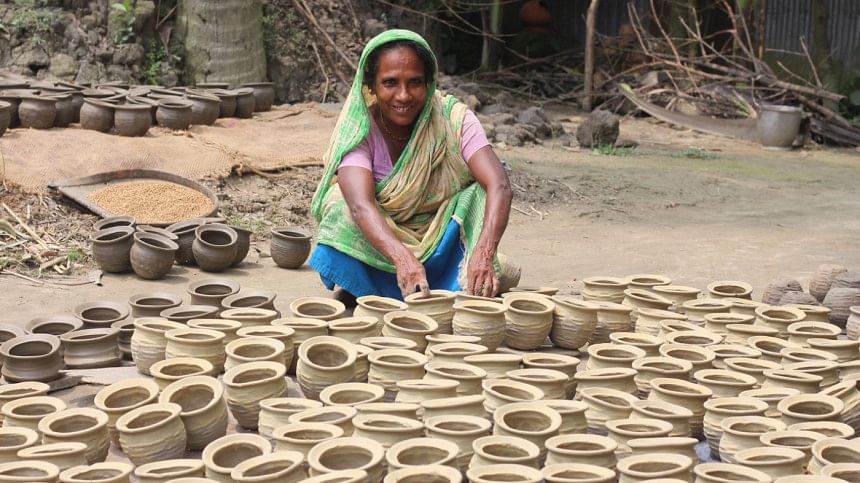
Every country has its own heritage crafts. While we may have many, from weaving authentic Jamdani to knitting bamboo baskets, very few people know about their history and traditions. Today, in this article we will be talking about one of our most talked about heritages: the art of pottery making and the village that stays awake in keeping our pottery heritages alive.
The Bengali term for Pottery making is 'mritshilpo', which mostly specifies the maneuver of the craft: the soil of Bangladesh.
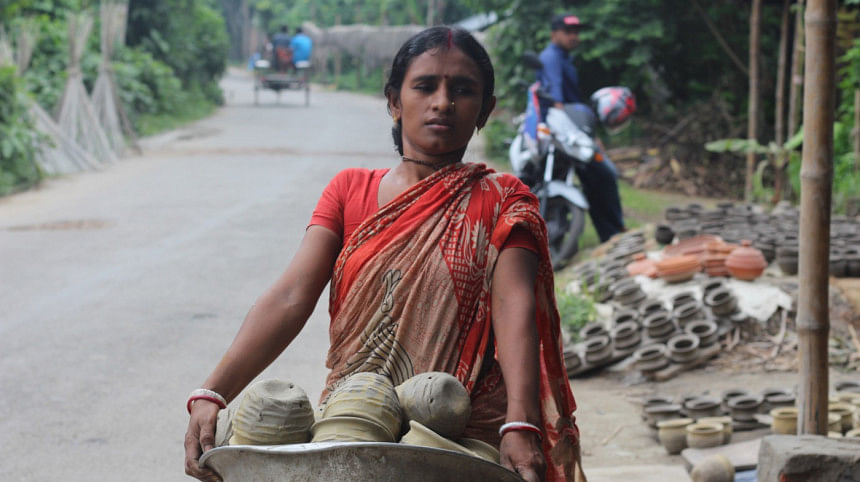
Bamunia Palpara village of Gabtoli upazila, Bogura is one such place where the soil is meant for craft. When you get there, the smell of earth proliferates. And you can see thousands of earthen pots laying in lines in front of minuscule, thatched roofed houses. Once in a while someone peeks out the door, to take a look at the pots drying up in the summer sun. Once they are hard enough, the potters will begin the real magic, which is to colour them to their hearts content and later sell it in the market for us to enjoy the charm.
But the irony of fate would take this small village's livelihood to an ultimate low. The pandemic would almost destroy all the possibilities of sticking with the trade and instead encourage the craftsmen to think of other alternatives to earning a living. Lockdown and the spawns of pandemic forced to curtail the Baishakhi Fair all over the country — a major sales hub for the potters and hence a continuation of years of financial losses and strains.
Puspa Rani (60) of Bamunia village makes a confession, "We have been doing this since childhood. I'm still doing this as respect to my elders. But I do not want my children to get into this profession. I am giving them formal education, so that they may be able to do other things in the future, especially something that helps them live a better life."
Surya Rani (70), another craftsperson of the village shared her tribulations, "The business is no longer the same. It hasn't been for the last two years. People don't want earthen pots anymore. I'm going through a severe financial crisis because of this shift."
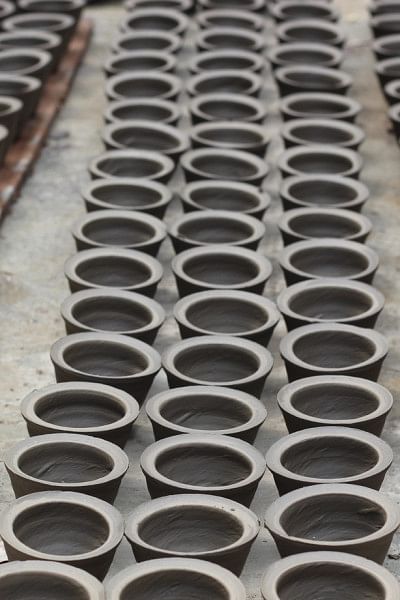
Visiting the village, it can be seen that the pottery for nursery and greens and curd pots make the most of the sales. They are sold for Tk 3 per piece. In addition to this, the craftsmen also make a variety of earthen objects, including pots and pans, utensils, flower tubs, vases, animals and bird forms, decorations, ornaments, etc. The price of these items varies from Tk 3 to 1000.
Khokon Kumar Pal, another artisan, said, "This profession left behind by my grandfather and then my father has long since come to an end. I'm still trying to keep this job alive. But I do not know how long that will be possible."
Md Mofidul Islam, Chairman of the Union Council at Sonara in Gabtoli upazila of Bogura said, "About 500 families in this village make clay items. They're almost all low-income families. We've made plans to improve their quality of life.
"Those who do not have any land have been provided with houses through shelter schemes. They are also being given the benefits of old age allowance. Government food assistance has been given to those who did not get food during the pandemic. Palpara is a pride of our Bogura district. We're trying our best to keep the arts and crafts alive by sustaining the livelihood of the crafts people," said the Chairman.
Pottery is a major part of our traditions. It is our responsibility to sustain these crafts by supporting it. The special crafts can only survive if we give it the amount of attention it needs. Which means if we go back to our roots and procure these items to use in our daily lives. Only then will this pottery off the path of extinction.
Hope is the only word that keeps the world alive. And pottery also has its version of hope standing by its side. Modern technology, today, helps the age-old unique crafts stay alive in a new way. Whatever the form, our earnest hope is to keep the artform and craftsmen alive for years to come.
Translated by Mehrin Mubdi Chowdhury

 For all latest news, follow The Daily Star's Google News channel.
For all latest news, follow The Daily Star's Google News channel. 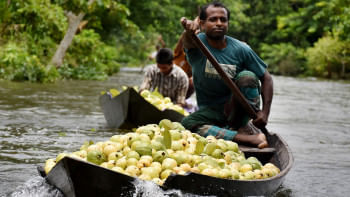


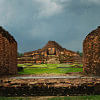
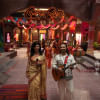
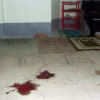




Comments